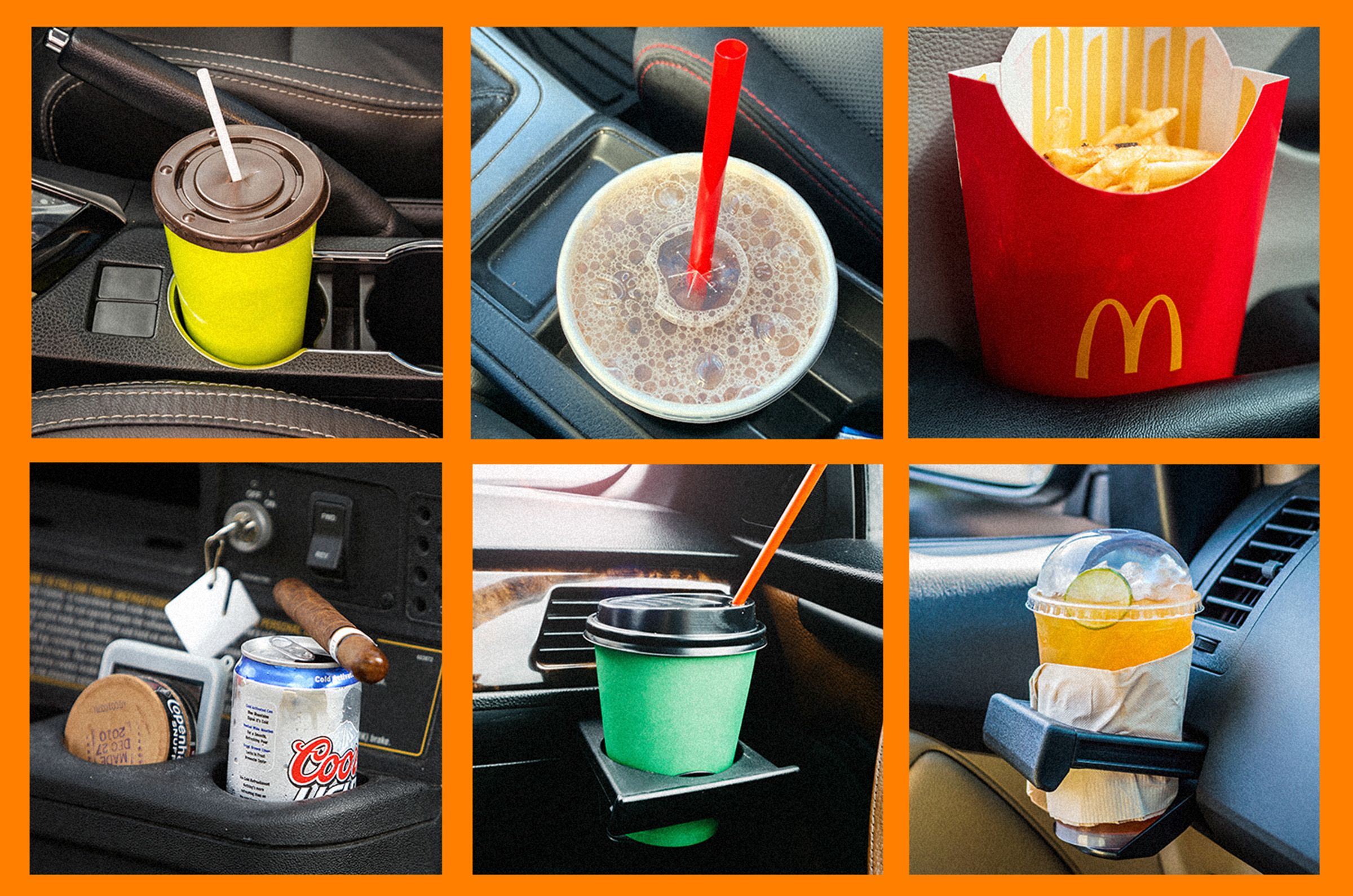Car Buyers Prioritize Cup Holders Over Tech, Says J.D. Power Study

A recent study by J.D. Power revealed that car buyers for the 2025 model year are increasingly frustrated with the design of cup holders, overshadowing concerns about advanced technology features. The study reported that Audi ranked lowest among manufacturers, with an alarming 269 problems reported per 100 vehicles.
One of the standout findings was the significant rise in “cup-holder frustration,” indicating that many consumers are willing to sacrifice high-tech features for practical beverage storage. “While it seemed like manufacturers had cup holders figured out, they are struggling to accommodate the variety of container shapes and sizes available today,” the report noted.
Despite the automotive industry’s focus on software-defined vehicles, buyers are expressing a clear preference for functional cup holders. This has prompted manufacturers to reconsider their designs to better meet consumer needs. For instance, the Subaru Ascent SUV boasts an impressive 19 cup and bottle holders, appealing to American drivers who increasingly value spacious drink storage.
Consumer Preferences Shape Design Choices
Historically, the importance of cup holders in car design was highlighted in a PricewaterhouseCoopers report published two decades ago, which indicated that the number of cup holders in a vehicle was critical to purchasing decisions. Chris Fischer, a senior manager at Nissan, emphasized the significance of cup holders in customer satisfaction. He stated, “If they’re mad about a touchpoint every day, it’ll sour their desire to want this vehicle again.”
Fischer leads a team of engineers dedicated to enhancing in-car beverage storage, working to ensure that even large bottles, such as Hydro Flask containers, fit comfortably in the car’s design. The design process is meticulous, starting early when the vehicle is still a concept, and involves testing various sizes of cups and bottles to optimize the space.
As consumers become more discerning, the demand for effective cup holder design remains a priority. Dick Powell, co-founder of the design firm Seymourpowell, noted, “Great design is fundamentally about making things better, and the touchpoints are the first interactions you have with the car.” This perspective underscores the idea that small details can significantly influence buyers’ perceptions.
Past Innovations and Future Directions
The evolution of cup holders began in the 1950s with the patent granted to inventor Burnard W. Byford for a “seat article holder.” Byford envisioned a solution for passengers to hold beverages while enjoying a ride. The first functional cup holders began appearing in mass-market vehicles in the 1980s, paving the way for the thoughtful designs we see today.
Modern cup holders are increasingly sophisticated, with some manufacturers exploring warming and cooling capabilities. Forvia, a leading supplier of automotive interiors, is at the forefront of this innovation, providing components that enhance the overall driving experience.
Looking ahead, the shift towards autonomous vehicles may further transform the design of cup holders. With the potential for passengers to relax without concentrating on driving, the demand for ample storage for beverages could increase. For instance, Li Auto is already leading the way with features like an 8.8-liter compartment capable of cooling drinks down to a frosty 0°C (32°F) or heating them to 50°C (122°F).
As car manufacturers continue to navigate the balance between technology and practicality, the focus on seemingly simple elements like cup holders remains a significant factor in consumer satisfaction. This insight from the J.D. Power study illustrates the enduring importance of functional design in the automotive industry, proving that sometimes, it’s the little things that matter most to car buyers.






